
Siaka David Kpaka just below summit of Bintimani
I was just below the summit of Bintimani and we were setting up our base camp which consisted of setting up my pole tent, and getting out the Primus stove to boil water and cook some food. Since I was cooking we did not eat elegantly. It must have been the late afternoon when out of the large open area where we were setting up two strangers appeared. They came over to see what we were up to and being curious they began a friendly conversation, introducing themselves as entomologists - I think they may have said that they were collecting insects - for Forest Industries. I knew that this company was headquartered in Kenema and as we talked further - the tall thin man informed me that he was from Kenema. His name was David Siaka Kpaka. The other man was Nigerian and employed also to collect bugs. After talking for a while they left and we made our meal, prepared our sleeping bags for night, and as the sun went down we went off to sleep. There were no mosquitos. As noted in another posting, my two trips to hike in the Loma Mountains were physically demanding and very tiring. Eventually - we descended back through the villages that we had stayed in, and negotiated tranpsort from Kurobonla to Kabala, a distance of 75 miles over very marginal roads and bridges. As we traveled to Kabala we went from Kuronko country, through Yalunka country and on the stay one night at a Peace Corp volunteers house in Kabala. After a night of recovery there it was on the Makeni and Magburaka where another night was spent. The finally leg of the trip - from Makeni to Kenema took another day. It was on this leg during our first year that I began not feeling well. I arrived in Kenema more exhausted then I expected and for two days was too tired to do anything but sit. And then my illness started. There was intense and high fever, severe chills, incessant nausea, and a constant pain somewhere in my abdomen. At one point after 5 days I was discouraged enough to think I was not going to make it. I presumed I had malaria (which was later confirmed), and wondered if I also had picked something up from the mountain food. Whatever it was I had no interest in eating and became dehydrated. As word got out that I was sick neighbors came with local remedies. These native medicines might have worked but I was not brave enough to try them. For the malaria I took the recommended mega-dose of Aralen Phosphate. The fever and chills did resolve but I was still left with a nausea that wouldn't quit, and an ache somewhere inside me that was horrible. I lost 20 to 25 pounds but finally started to turn the corner and after two weeks was on the mend. In retrospect I probably had a hepatitis that I had picked up on the road. It was not a pleasant experience. In Kenema - Siaka David Kpaka came to visit and we became friends. Siaka was a gregarious man - proud of his history and of his people. He had finished school at the Kenema Secondary School (KSS), and had a good job. He was unique in that he got along with everyone. Originally from Pujehun where his family lived. He had come to Kenema for school, had married his wife Catherine Caulker (?sp), and by the time we got to know each other they had one daughter named Jeneba. Siaka liked to meet new people and I enjoyed his wonderful observations and his sense of humor. The one thing that impressed me about him the most was his ambition to succeed and improve his life. He was proud of his Mende and Southern Province roots but was also a modern man. Siaka and I traveled the local roads seeking out Mende crafts such a cotton clothes (callled Country Cloth). He also visited us often and we visited he and his wife at the government quarters in Kenema where they lived. In July 1970 we said our goodbyes and Susan and I returned to teach briefly at the Putney School in Putney, Vermont. During our second year there, out of the blue oneday I received a phone call from a man with an obvious African-accented English. His words were,"Hello Chad - do you know who this is?" It was Siaka, and he was living in New York City where he was living in marginal quarters, was working at night as a nightwatchman, and during the day he was going to University. He had come to the U.S. with $400 in his pocket - yet he was making do and succeeding. There was one visit to see us in Putney but after that we lost touch as I went on to medical school and training and he became an engineer in the City, Catherine came to live, and they became U.S. citizens. That is not to say that they have not maintained their Sierra Leonean roots - for they have. Yet they have succeeded in a climate that was harsh for them at first, in a city which is not easy even on its own, and they have raised a large family. Jeneba is a CPA; another son is a minister. They have been able to return regularly to Sierra Leone and Siaka has dreams of starting an agricultural business there. Most recently I have re-established contact with the Kpakas. We are both older than those days when we were running about in the mountains or around Kenema. We are perhaps a bit less limber. But David - as is his English name - still has the same sense of humor, the same keen observations, and still gets along well and is well-liked by everyone. He is a success in my book.





































































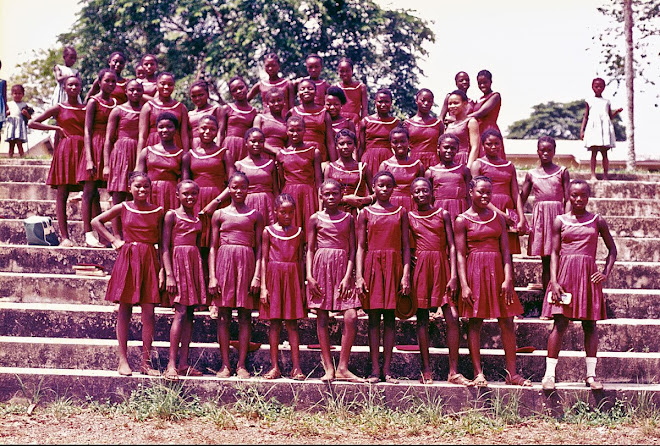.jpg)



























































































































































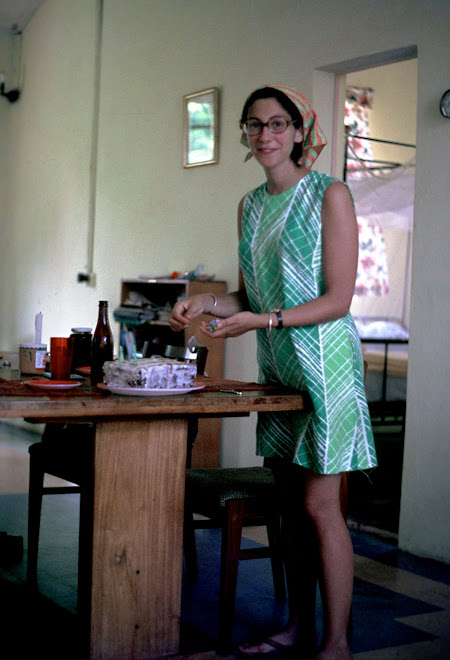
































































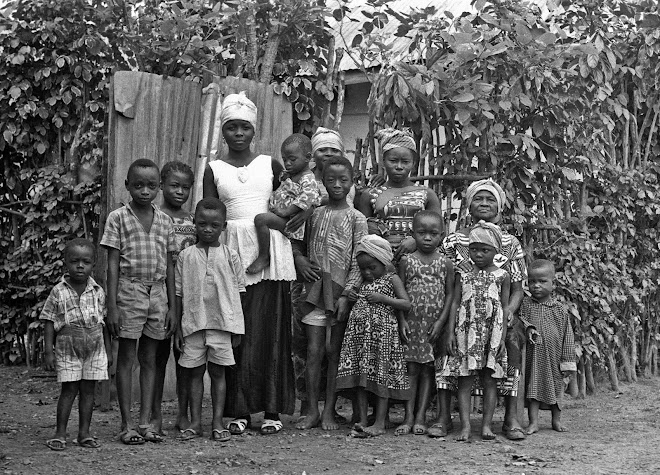.jpg)

















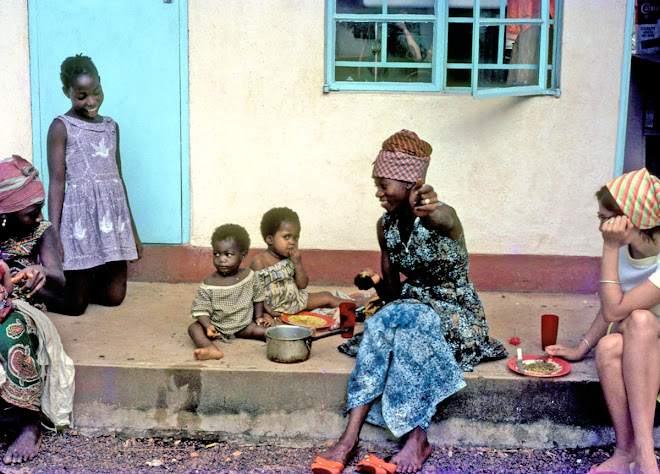



















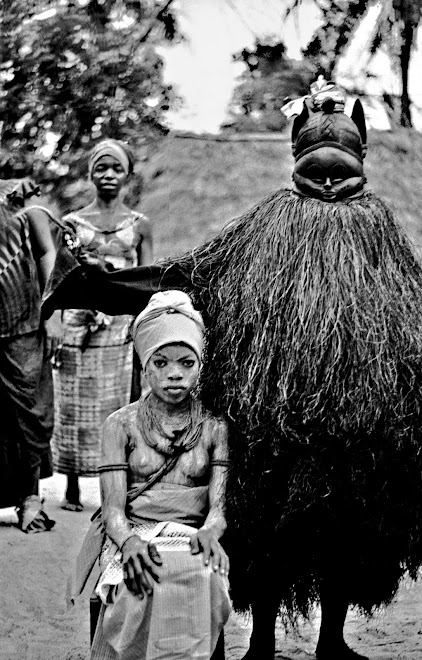-1969.jpg)































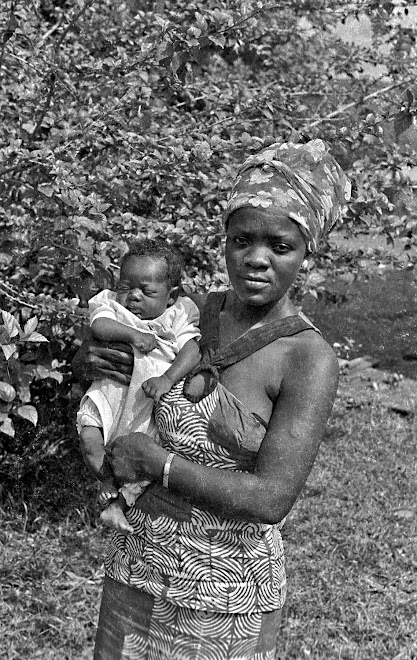-w--child.jpg)



No comments:
Post a Comment